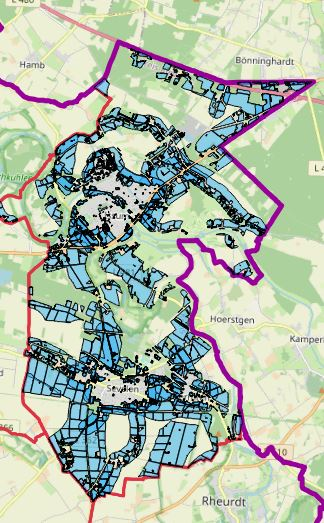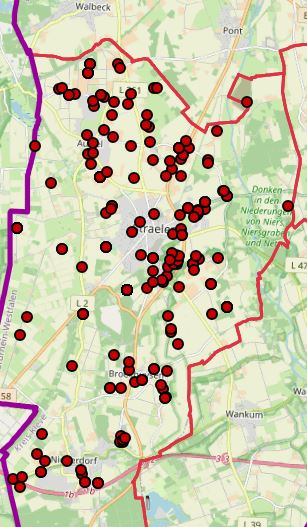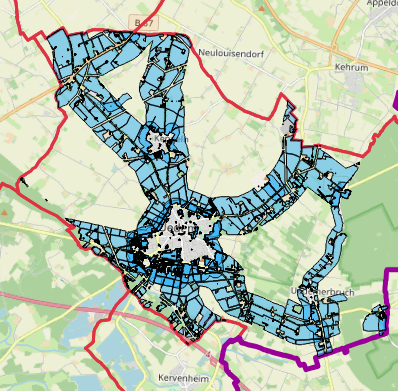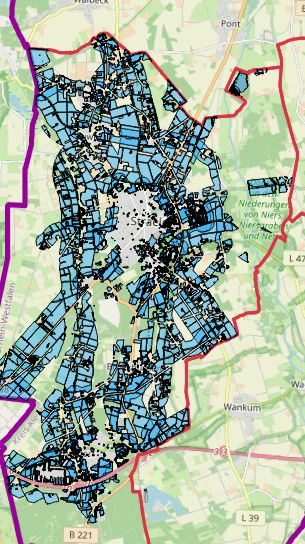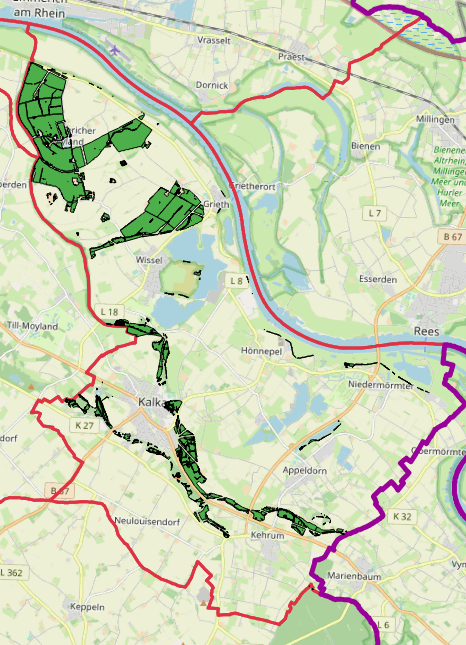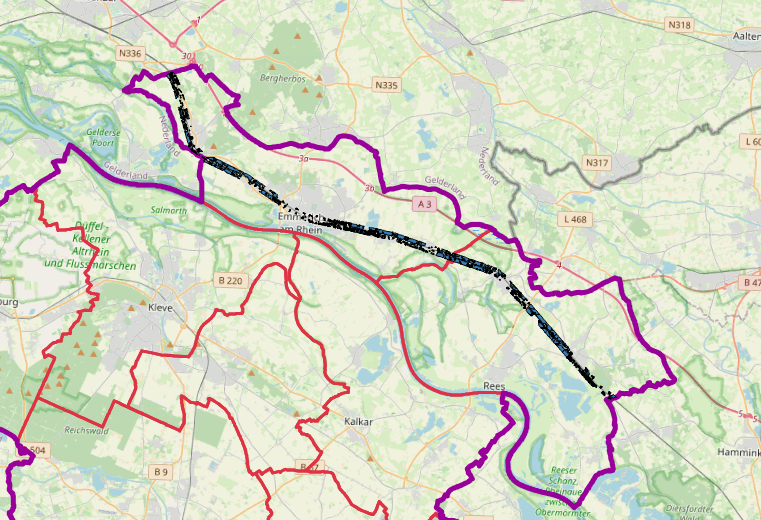Topic
planningCadastre
197338 record(s)
Provided by
Type of resources
Available actions
Topics
Keywords
Contact for the resource
Update frequencies
From
1
-
10
/
197338
 www.geodatenkatalog.de (S1L)
www.geodatenkatalog.de (S1L)
